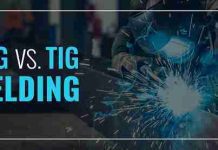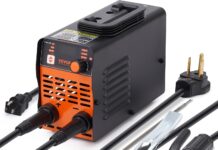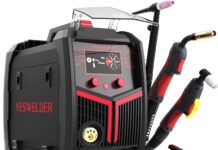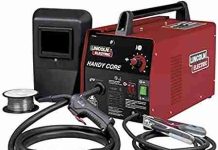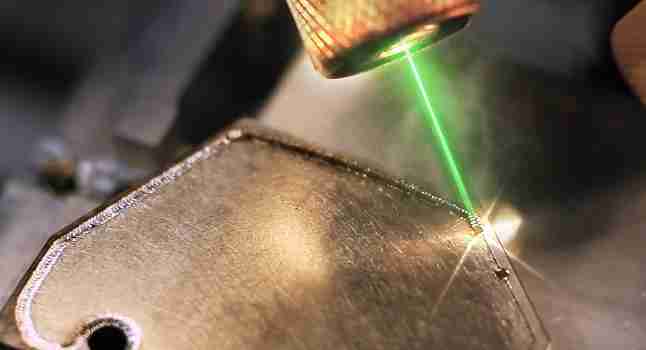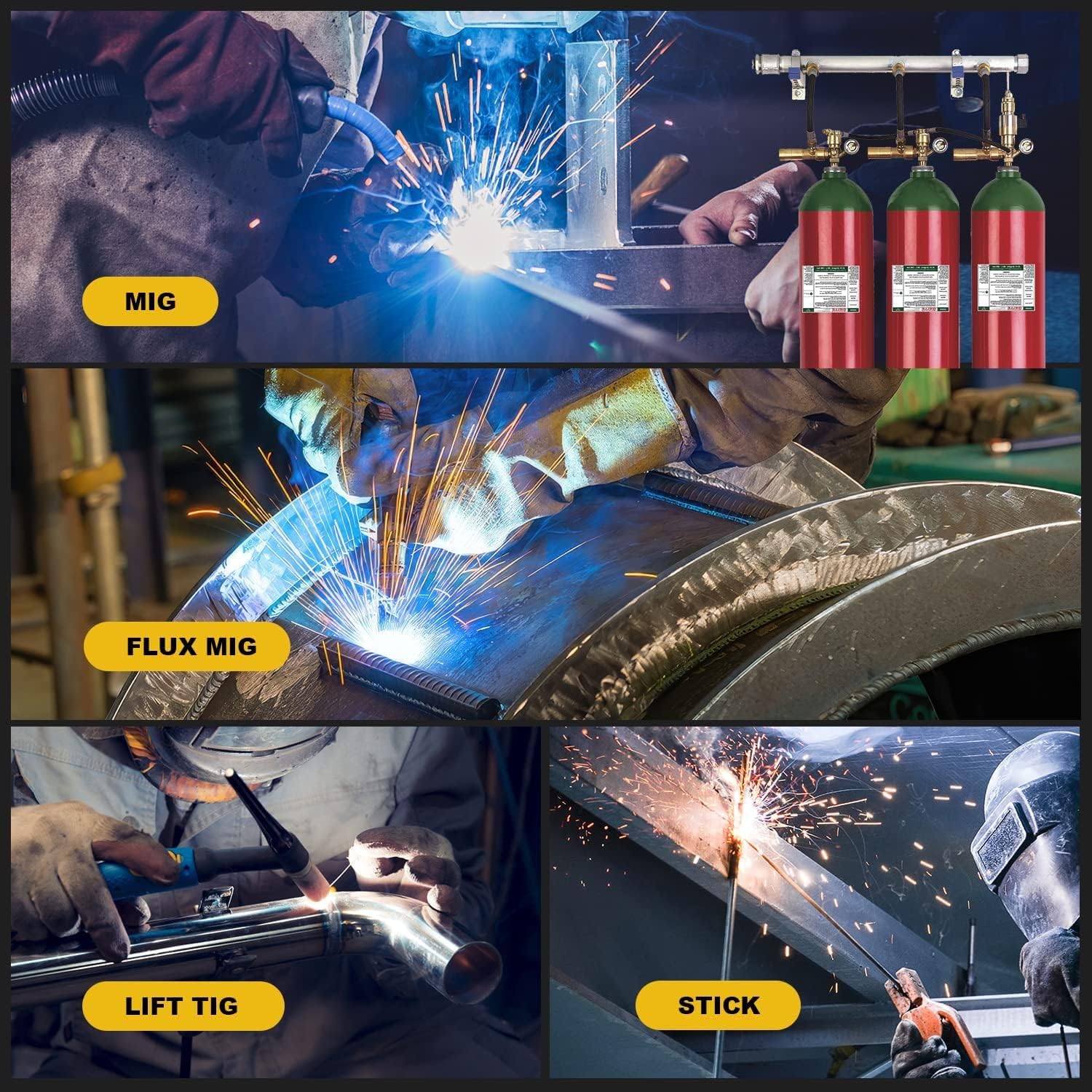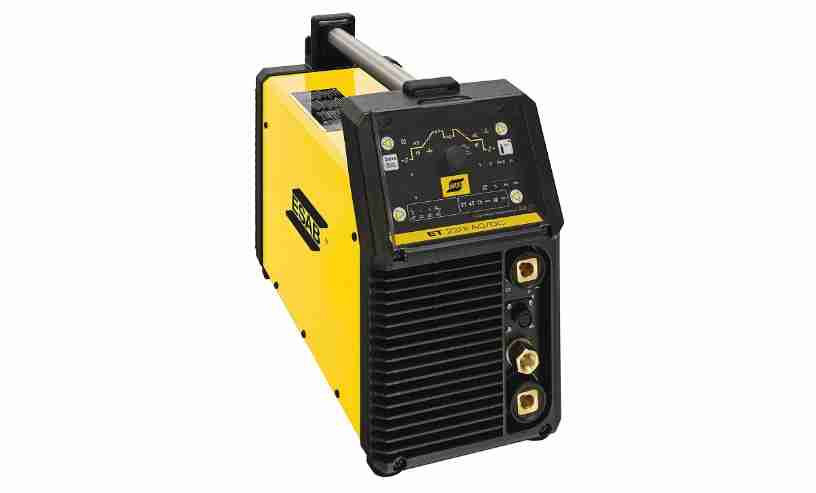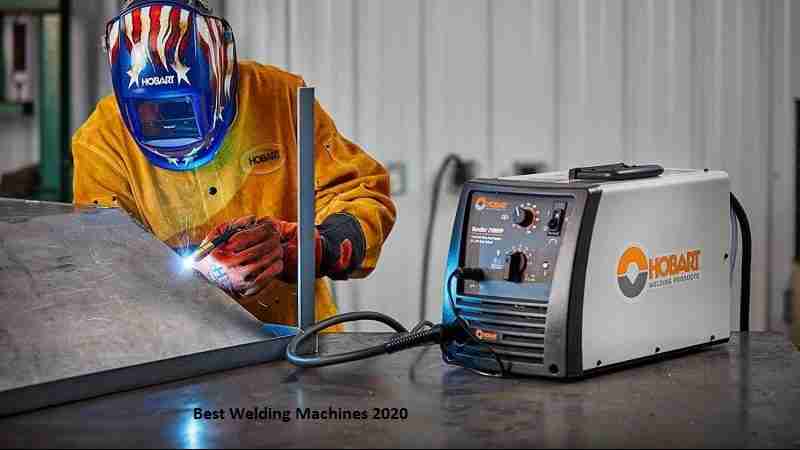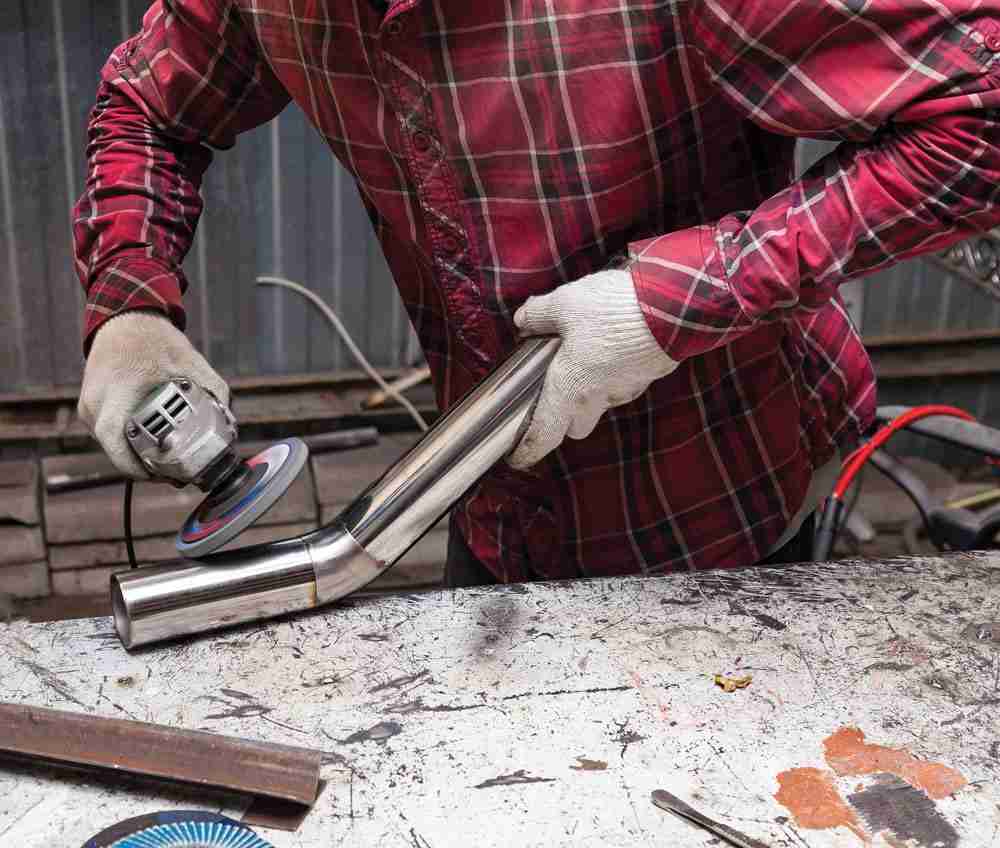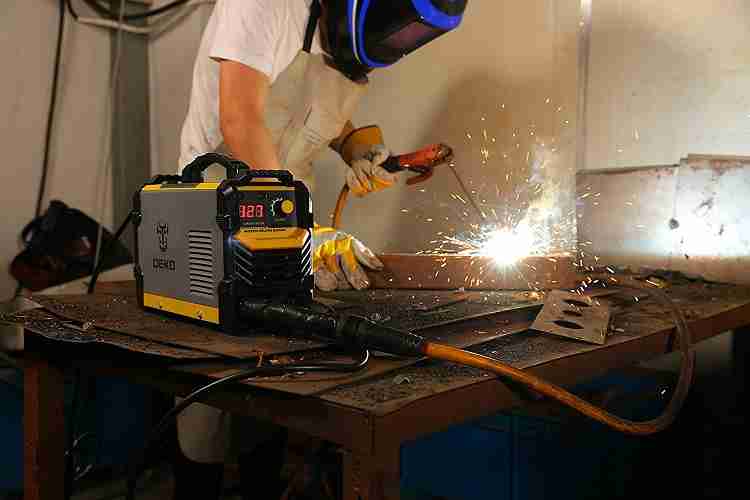In the world of welding, there’s nothing more frustrating than dealing with welding spatter. It’s those pesky droplets of metal that seem to have a mind of their own, splattering everywhere and causing a messy work surface. But fear not, for we have the answers you seek! In this article, we will explore the causes of welding spatter and share some helpful tips and tricks to minimize its occurrence. So, grab your welding helmet and get ready to discover the secrets of keeping your work area spatter-free!
Causes of Welding Spatter
Incorrect Voltage Setting
One of the common causes of welding spatter is an incorrect voltage setting. When the voltage is set too high, the welding arc becomes unstable, resulting in excessive spatter. On the other hand, if the voltage is set too low, the metal transfer may not be smooth, leading to increased spatter. It is essential to ensure that the voltage is properly set according to the welding parameters recommended by the manufacturer.
Poor Wire Feeding
Another factor that contributes to welding spatter is poor wire feeding. When the wire feeding is inconsistent or irregular, it can cause interruptions in the welding arc, leading to spatter. This issue can occur due to various reasons, such as improper wire alignment, feed roll tension, or insufficient wire lubrication. It is crucial to optimize the wire feeding mechanism and regularly inspect and maintain the wire feeding system to minimize spatter.
Improper Welding Technique
The way a welder performs the welding process significantly affects the amount of spatter produced. Incorrect welding techniques, such as excessive weaving, long arc lengths, or inconsistent travel speed, can all contribute to spatter. It is essential for welders to receive proper training and practice their technique to minimize spatter. Adhering to recommended welding parameters and using smooth and steady movements can help reduce spatter significantly.
Dirty Base Material
Welding spatter can also be caused by impurities on the base material, such as dirt, grease, or oil. These contaminants can interfere with the welding process and lead to increased spatter. Before initiating any welding operation, it is crucial to thoroughly clean the base material to ensure it is free from any contaminants. This can be done using appropriate cleaning methods, such as wire brushing or using a degreaser, depending on the material being welded.
Moisture or Contaminants
Moisture or other contaminants present in the welding environment can also contribute to spatter. Excessive humidity or moisture can enter the welding zone and cause steam to form during the welding process. This steam, along with other contaminants in the air, can result in increased spatter. It is essential to make sure the welding area is adequately ventilated and free from excessive moisture or pollutants to minimize spatter.
Electrode Wear
Electrode wear is another factor that can lead to welding spatter. Over time, electrodes can become worn or contaminated, affecting their performance during the welding process. A deteriorating electrode can lead to unstable arc characteristics, excessive spatter, and poor weld quality. Regularly monitoring and replacing electrodes when necessary is crucial to avoid spatter issues and ensure consistent welding performance.
High Welding Current
Using excessively high welding currents can contribute to increased spatter. When the welding current is set too high, the metal transfer becomes more turbulent, leading to greater spatter generation. It is important to follow the recommended welding current range for the specific process and material being welded to minimize spatter. Adjusting the welding parameters to ensure an optimal current level is crucial in reducing spatter.
Excessive Arc Length
Maintaining an excessive arc length during welding can also cause spatter. When the arc length is too long, the arc becomes less stable, resulting in increased spatter. It is recommended to keep the arc length within the specified range for the welding process being used. Proper adjustment of the welding machine and maintaining the correct arc length can significantly reduce spatter.
Improper Gas Shielding
The choice and application of shielding gas play a vital role in minimizing welding spatter. If the gas flow rate or distribution is inadequate, the shielding gas may not protect the weld pool adequately, leading to increased spatter. It is important to ensure that the shielding gas flow rate is set correctly and evenly distributed around the welding area. Regularly inspecting and maintaining the gas delivery system, including the gas nozzle, can help minimize spatter related to improper gas shielding.
Wrong Wire Diameter or Type
Using the wrong wire diameter or type for the welding application can also contribute to spatter issues. The wire diameter should be selected based on the thickness of the base material and the welding process being used. Using a wire diameter that is too thin or too thick can lead to increased spatter. Additionally, using an inappropriate wire type for the specific material being welded can result in poor arc stability and excessive spatter. It is crucial to select the correct wire diameter and type for the welding operation to minimize spatter.
Minimizing Welding Spatter
Ensure Correct Voltage Setting
To minimize welding spatter, it is important to ensure that the voltage setting is correct. Following the recommended voltage range provided by the manufacturer for the specific welding process and material being welded is essential. Proper adjustment of the voltage will help create a stable arc and reduce spatter significantly. Regularly checking and calibrating the welding machine to maintain accurate voltage output is essential for consistent spatter reduction.
Optimize Wire Feeding
To minimize spatter caused by poor wire feeding, it is crucial to optimize the wire feeding mechanism. This involves ensuring proper alignment of the wire, adjusting the feed roll tension, and lubricating the wire to facilitate smooth and consistent wire feeding. Conducting regular inspections and maintenance of the wire feeding system, including cleaning the wire guides and replacing worn parts, is essential to prevent feed-related spatter issues.
Master Proper Welding Technique
The key to reducing spatter lies in mastering proper welding technique. Welders should receive adequate training to learn the correct welding procedures and positioning. Following recommended welding parameters, such as travel speed, arc length, and weaving technique, will help minimize spatter production. Regular practice and experience will contribute to improved welding technique, resulting in reduced spatter and high-quality welds.
Ensure Clean Base Material
To minimize spatter caused by dirty base material, it is critical to ensure thorough cleaning before welding. Removing dirt, grease, oil, or any other contaminants from the base material surface will prevent interference with the welding process. Wire brushing, grinding, or using a degreaser can be effective methods to clean the base material. Creating a clean welding environment will significantly reduce spatter and contribute to superior weld quality.
Remove Moisture and Contaminants
To minimize spatter related to moisture or other contaminants in the welding environment, proper ventilation and cleanliness are essential. Ensuring adequate airflow and controlling humidity levels will prevent excessive moisture from entering the welding zone. Regular inspection and maintenance of air filtration systems and using appropriate personal protective equipment will help reduce spatter caused by airborne contaminants.
Monitor and Replace Electrodes Regularly
To prevent spatter caused by electrode wear, regular monitoring and replacement of electrodes is crucial. Replacing electrodes before they become excessively worn or contaminated will help maintain stable arc characteristics and minimize spatter generation. Welders should be attentive to any signs of electrode deterioration and replace them promptly to ensure optimal welding performance and reduce spatter.
Maintain Optimum Welding Current
Maintaining the optimum welding current is vital for minimizing spatter. It is essential to follow the recommended welding current range for the specific process and material being welded. Regularly calibrating the welding machine and adjusting the current setting according to the welding parameters will help achieve an optimal current level, reducing spatter production.
Control Arc Length
To minimize spatter caused by excessive arc length, it is crucial to control the distance between the electrode and the workpiece. Maintaining the arc length within the recommended range specified for the welding process being used will contribute to a stable arc and reduce spatter. Welders should pay close attention to maintaining the proper arc length throughout the welding operation.
Use Adequate Gas Shielding
Proper gas shielding is essential to minimize spatter during the welding process. Ensuring the correct gas flow rate and even distribution around the welding area will provide optimal shielding, preventing spatter formation. Regularly inspecting and maintaining the gas delivery system, including the gas nozzle and hoses, will help ensure effective gas shielding and minimize spatter-related issues.
Choose the Correct Wire Diameter and Type
To minimize spatter caused by incorrect wire selection, it is important to choose the correct wire diameter and type for the welding application. The wire diameter should be matched to the thickness of the base material and the welding process being used. Using the appropriate wire type for the specific material being welded is also crucial for minimizing spatter. Proper selection of the wire diameter and type will contribute to improved arc stability and reduce spatter formation.
In conclusion, welding spatter can be caused by various factors, including incorrect voltage setting, poor wire feeding, improper welding technique, dirty base material, moisture or contaminants, electrode wear, high welding current, excessive arc length, improper gas shielding, or wrong wire diameter/type. By addressing these factors and implementing strategies such as ensuring correct voltage settings, optimizing wire feeding, mastering proper welding techniques, ensuring clean base material, removing moisture and contaminants, monitoring and replacing electrodes regularly, maintaining optimum welding current, controlling arc length, using adequate gas shielding, and choosing the correct wire diameter and type, welders can minimize spatter and achieve high-quality welds. With proper attention to these factors and practices, welders can enjoy a smoother welding process with reduced spatter, ultimately leading to improved productivity and superior weld quality.



